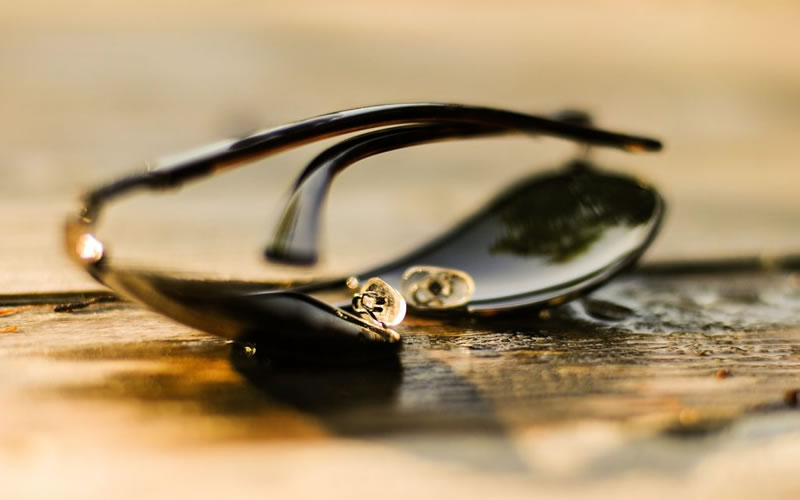How do I choose good sunglasses?
Wearing good sunglasses is very important: without good protection, UV radiation can cause permanent damage to the eyes. Children’s eyes are even more vulnerable than adult eyes. The pupil of a child’s eye is larger and the eye lens contains less protective pigment than that of an adult.
Tips for good sunglasses
Nowadays there are sunglasses with all kinds of lens colors. Certain colors of lenses can improve contrast or reduce annoying glare from the sun. The best sunglasses for your eyes is very personal. In any case, try out sunglasses yourself first. Sunglasses that you buy online may be slightly different than you think. Sunglasses that protect the eyes well do not have to be expensive. Many recognized opticians have a wide selection of sunglasses.
What else should I pay attention to?
- The sunglasses provide 100% UV protection. This indication is usually on a sticker or in the description of the glasses as 100% UV or UV400
- The lenses and frames must fit properly: large enough to prevent UV light from reaching the eyes from the top, bottom or side
- The sunglasses have a CE marking, followed by a number from 0 to 4. This number indicates the color intensity of the lenses, or the protection against glare. Protection 0 means up to 20% absorption of light and protection 4 means 92-97% light absorption
- Absorption of at least 75% is recommended. To be assured of this, it is best to choose sunglasses with at least CE 3 marking in the summer
- The color of the lenses reduces visible light and protects against glare. The color has no effect on UV protection!
- The lenses must be optically pure, i.e. free of distortion
- It can be a good idea to choose polarizing, so that annoying glare is neutralized
- The glasses must be made of unbreakable polycarbonate
Source: Tips for good sunglasses from the Eye Fund.




